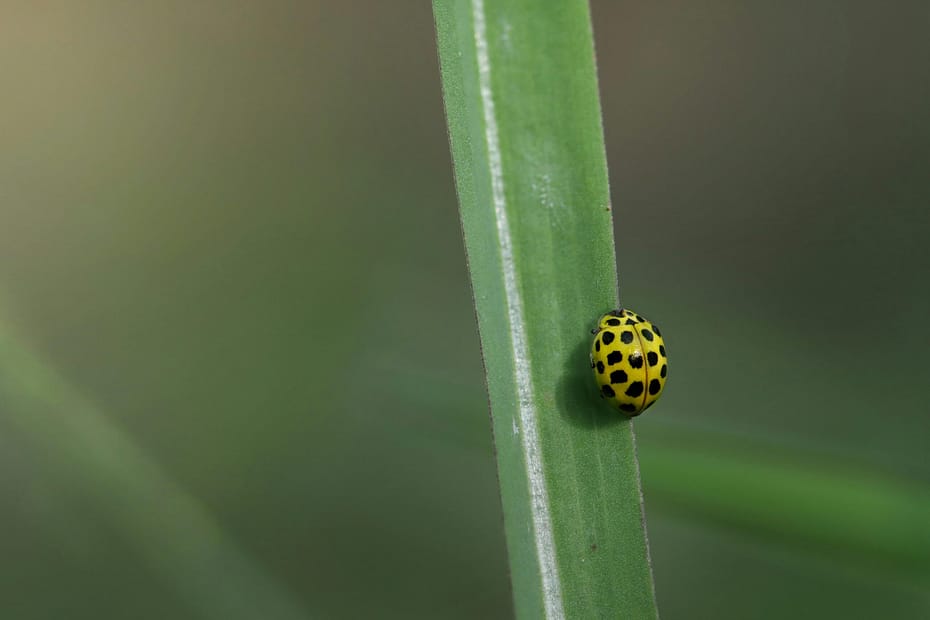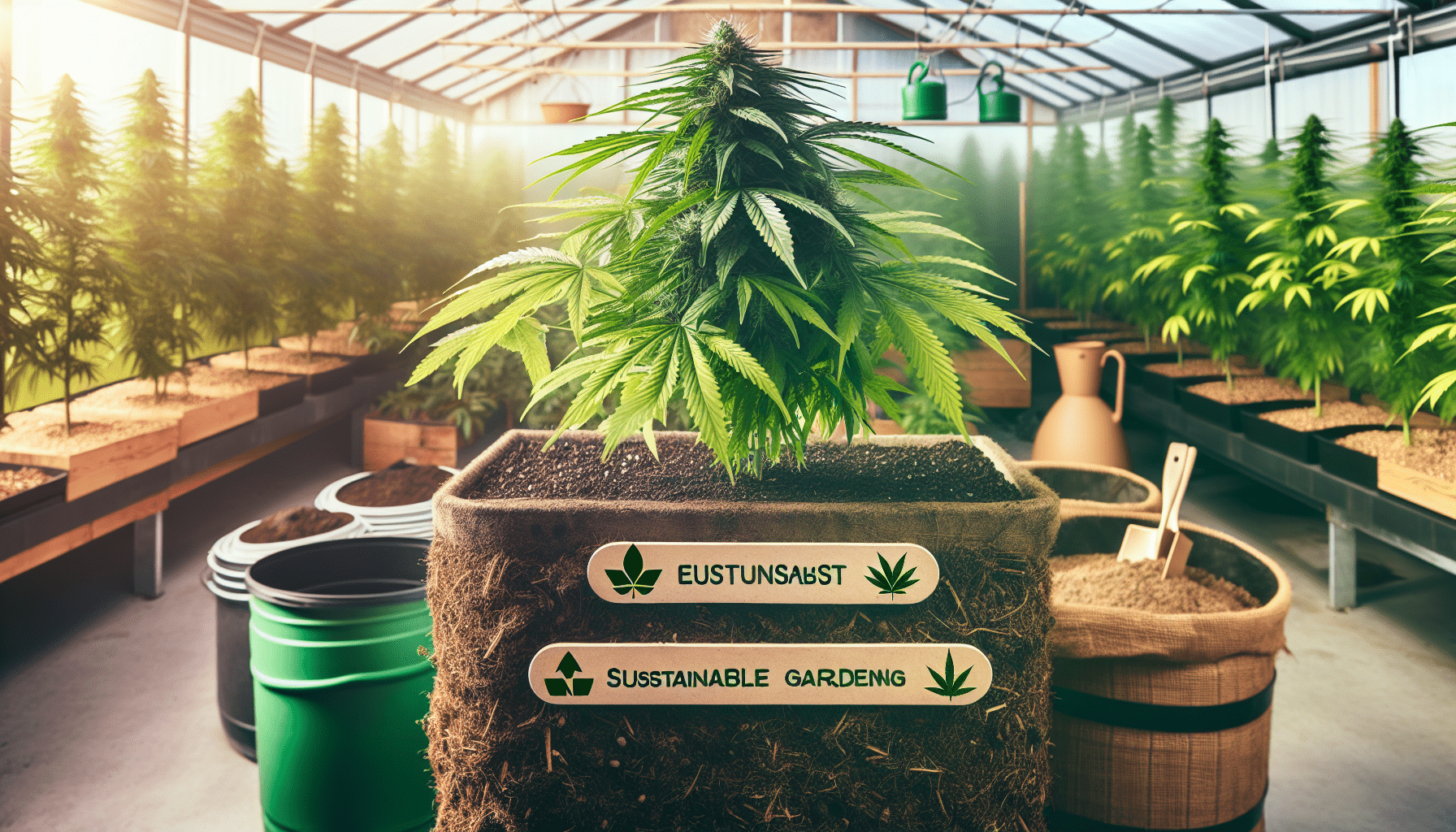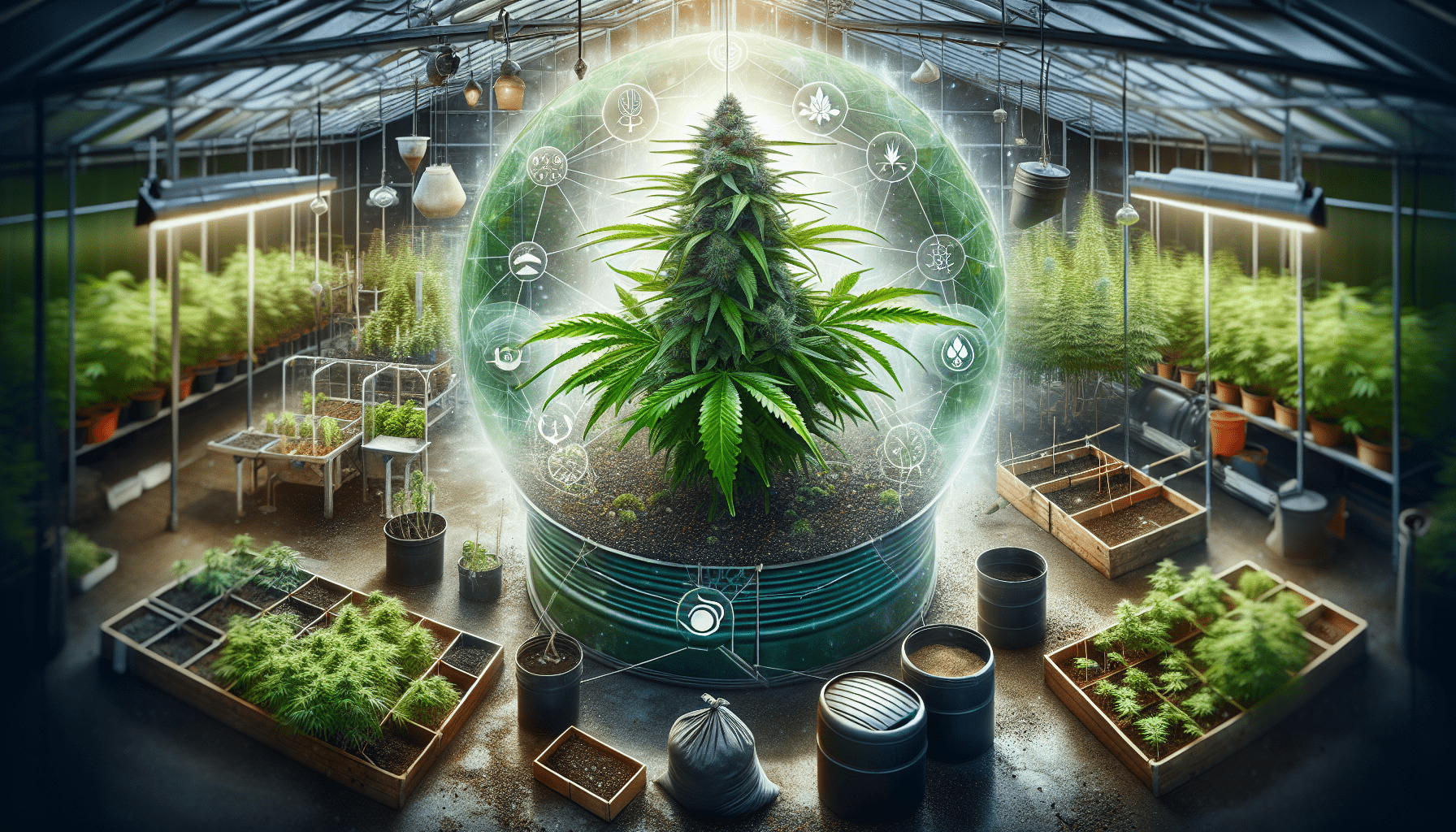In the modern world of cannabis cultivation, it’s more important than ever to prioritize environmental sustainability. From water usage to energy consumption, there are various best practices to consider when growing cannabis. By embracing eco-friendly techniques such as using organic soil, implementing LED lighting, and utilizing rainwater collection systems, growers can reduce their carbon footprint and protect the planet. By following these guidelines, you can ensure your cannabis operation is not only successful but also environmentally friendly.
Cannabis And Environmental Sustainability: Best Practices
Have you ever wondered how the cannabis industry impacts the environment? From water usage to energy consumption, there are many factors to consider when it comes to sustainability in the production of cannabis. In this article, we will explore some of the best practices for minimizing the environmental footprint of cannabis cultivation. Let’s dive in!
The Impact of Cannabis Cultivation on the Environment
Cannabis cultivation has a variety of environmental impacts, including water usage, energy consumption, land degradation, and waste generation. With the increasing legalization of cannabis around the world, these impacts are becoming more significant. It is essential for growers to be aware of the environmental challenges associated with cannabis cultivation and implement best practices to mitigate them.
Water Conservation in Cannabis Cultivation
Water is a critical resource in cannabis cultivation, with plants requiring significant amounts of water to grow. However, excessive water use can lead to strain on local water sources and ecosystems. To conserve water in cannabis cultivation, growers can implement practices such as drip irrigation systems, rainwater harvesting, and recycling runoff water. By being mindful of their water usage, growers can minimize their impact on the environment.
Energy Efficiency in Cannabis Cultivation
Energy consumption is another significant environmental impact of cannabis cultivation, with indoor grow operations often requiring large amounts of electricity for lighting, heating, and cooling. To improve energy efficiency, growers can switch to LED lights, utilize natural lighting whenever possible, and implement energy-efficient HVAC systems. By reducing their energy consumption, growers can lower their carbon footprint and decrease their environmental impact.
Sustainable Land Use Practices in Cannabis Cultivation
Land degradation is a concern in cannabis cultivation, as clearing forests or natural habitats to make way for cannabis crops can have detrimental effects on local ecosystems. To practice sustainable land use, growers can prioritize locating their operations on previously disturbed or degraded land, implement reforestation projects, and minimize soil erosion through cover cropping and mulching. By preserving natural habitats and using land responsibly, growers can protect biodiversity and support ecological health.
Waste Management and Recycling in Cannabis Cultivation
Waste generation is another environmental issue in cannabis cultivation, with plant waste, packaging materials, and other byproducts contributing to landfill waste. To improve waste management, growers can implement recycling programs for materials such as plastics, glass, and cardboard, compost plant waste to create nutrient-rich soil amendments, and explore options for repurposing or reusing packaging materials. By reducing waste and recycling materials, growers can minimize their environmental impact and support a circular economy.
Sustainable Packaging Solutions for Cannabis Products
Packaging plays a crucial role in the environmental sustainability of cannabis products, with excessive packaging contributing to waste generation and environmental pollution. To reduce the environmental impact of packaging, cannabis companies can opt for sustainable materials such as recyclable or compostable packaging, utilize minimalist packaging designs to reduce material usage, and prioritize packaging that is reusable or refillable. By choosing sustainable packaging solutions, cannabis companies can reduce their carbon footprint and promote environmental conservation.
Carbon Footprint Reduction Strategies in Cannabis Cultivation
Reducing the carbon footprint of cannabis cultivation is essential for minimizing the environmental impact of the industry. Growers can implement strategies such as using renewable energy sources like solar or wind power, optimizing their cultivation practices to reduce energy consumption, and offsetting their carbon emissions through reforestation or carbon offset programs. By taking steps to reduce their carbon footprint, growers can lower their greenhouse gas emissions and contribute to combating climate change.
Certification Programs for Environmentally Sustainable Cannabis Production
Certification programs play a vital role in promoting environmentally sustainable practices in the cannabis industry. Organizations such as the Cannabis Certification Council and Clean Green Certified offer certification programs that recognize growers who adhere to rigorous environmental standards. By seeking certification from these programs, growers can demonstrate their commitment to sustainability and differentiate their products in the market. Consumers can also look for certified cannabis products to support environmentally responsible brands and contribute to a greener future.
Conclusion
In conclusion, environmental sustainability is a critical consideration in cannabis cultivation, with many factors to consider to minimize the industry’s impact on the environment. By implementing best practices such as water conservation, energy efficiency, sustainable land use, waste management, and sustainable packaging solutions, growers can reduce their environmental footprint and support a more sustainable future for the cannabis industry. Through certification programs and carbon footprint reduction strategies, growers can further demonstrate their commitment to environmental sustainability and contribute to the growth of a greener cannabis industry. So, the next time you consume cannabis, remember to choose products that are produced with the environment in mind. Your choices can make a difference and help create a more sustainable future for cannabis cultivation.




